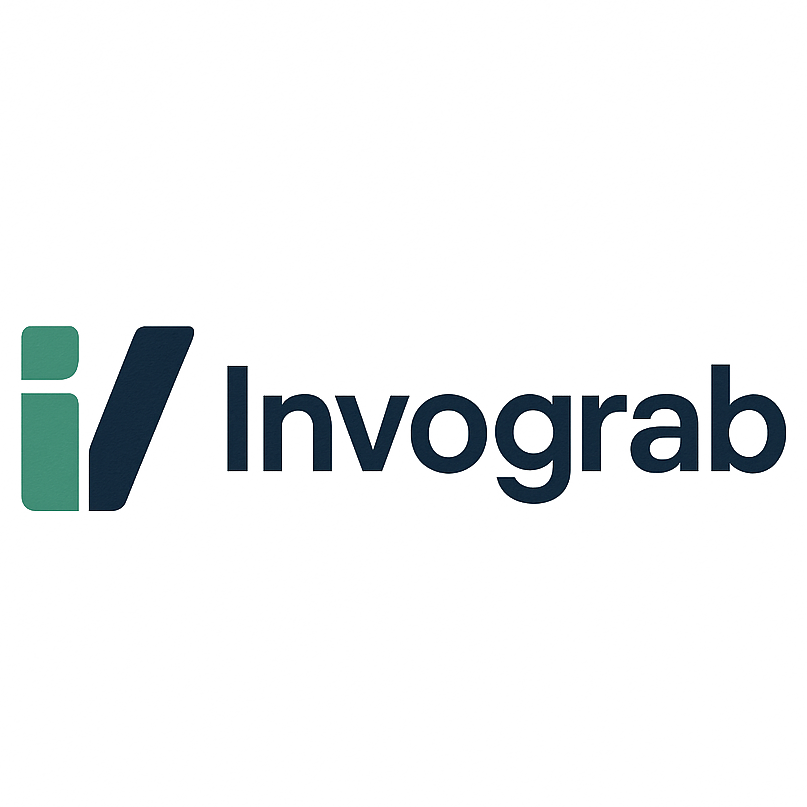If you’re a freelancer, consultant, or independent creator, you might think invoicing regulations don’t apply to you. After all, you’re not running a corporation — just trying to get paid for your work.
But here’s the truth: e-invoicing laws are expanding worldwide, and governments are starting to enforce them at all business sizes. Whether you’re in Canada, India, Australia, the US, or anywhere in between, some form of e-invoicing mandate is already in place — or on the horizon.
And the cost of ignoring them? Lost deductions, rejected invoices, delays in payment — or even fines.
Fortunately, compliance doesn’t have to be complex.
This article explains what e-invoicing actually means for freelancers, how to avoid common mistakes, and how to stay compliant without hiring an accountant or changing your tools.
What Is E-Invoicing (and How Is It Different From a Regular Invoice)?
E-invoicing isn’t just emailing a PDF to a client. In most countries, it means:
Using structured formats (e.g. XML or hybrid PDF+XML)
Including mandatory data fields (invoice number, issue date, tax number, payment terms, etc.)
Archiving invoices securely for several years
In some cases, submitting invoices directly to tax authorities or approved portals
Governments want cleaner digital records for audits, taxes, and fraud prevention. And more and more of them are passing laws to enforce this.
What Does This Mean for Freelancers?
Even if you’re a one-person business, e-invoicing laws may affect you. Some examples:
In India, freelancers above a revenue threshold must issue GST e-invoices via the Invoice Registration Portal (IRP).
In Mexico, invoices must be submitted as CFDI files, using specific formats.
In Italy, all B2B invoices go through a national SDI platform.
In Australia, e-invoicing through Peppol is supported and increasingly encouraged.
In the US, states like California are piloting real-time reporting for contractors.
Even if your country has no e-invoicing mandates yet, many clients — especially corporates — may require e-invoicing to process your payment.
The Freelancer Risk Checklist
❌ You send unstructured PDF invoices
❌ You don’t include consistent invoice numbers or payment terms
❌ You’re not keeping invoices for 5+ years
❌ You can’t export them in machine-readable formats (e.g. CSV, XML)
If any of these are true, it’s time to improve your process.
Common Mistakes Freelancers Make (and How to Avoid Them)
1. Missing Required Data Fields
If your invoice doesn’t clearly list the correct tax ID, currency, invoice date, and payment terms, it may get rejected — or delay payment.
✅ Fix it: Use a tool that checks for required fields and warns you if something’s missing.
2. Sending Unstructured Files
Many freelancers still send Word documents, screenshots, or PDFs with no metadata. That’s not compliant — or easy to track.
✅ Fix it: Use digital formats (like hybrid PDFs or CSV) with machine-readable content.
3. No Archiving System
In most countries, you need to store your invoices for 5 to 10 years. Losing a file could mean trouble in an audit.
✅ Fix it: Store your invoices in a secure, cloud-based archive with version history and search.
You Don’t Need an ERP or Expensive Tool
Many invoicing tools are built for large enterprises — with complex integrations and steep learning curves. That’s overkill for most freelancers.
What you need is a lightweight, plug-and-play solution that keeps you compliant while working with the tools you already use (Google Drive, Pennylane, QuickBooks, spreadsheets, etc.).
That’s where Invograb comes in.
How Invograb Helps Freelancers Stay Compliant Without the Hassle
Invograb is designed for solo professionals who want to:
✅ Centralise all invoices in one searchable dashboard (email, scan, photo, upload)
✅ Auto-tag and categorise invoices by client, project, or cost type
✅ Extract key fields like invoice number, VAT, total, and due date — automatically
✅ Export invoices in PDF, CSV, or structured formats for your accountant or tax return
✅ Archive all documents securely, with full traceability and audit support
✅ Stay informed about upcoming compliance changes (no need to follow every law)
How to Get Started in 5 Minutes
Create your account (no credit card needed)
Forward an invoice from your inbox to your unique Invograb email
Watch it appear, auto-tagged and ready to export
Set up reminders for due dates or unpaid invoices
Relax — you’re organised, compliant, and in control
Final Thoughts
As e-invoicing laws continue to evolve, freelancers can no longer afford to ignore them. But you don’t need to become a compliance expert to stay safe.
With tools like Invograb, you can handle invoicing the smart way — without changing your stack, wasting hours, or stressing over audits.
It’s compliance made for humans.
Start for free today.






